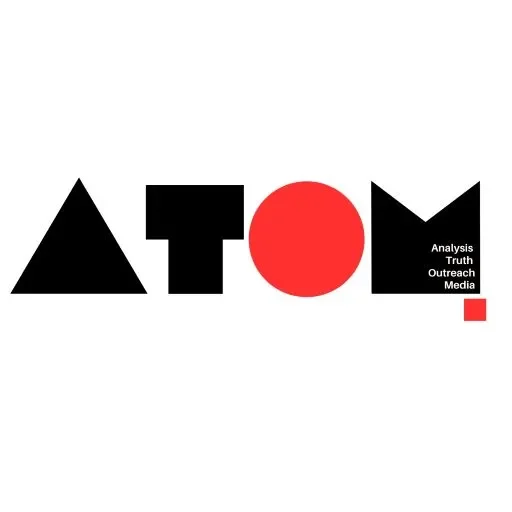India’s workforce comprises two distinct segments: white-collar workers, constituting only 4% of the workforce, and frontline workers, making up the remaining 96%. While white-collar workers enjoy various benefits such as health insurance, life insurance, and access to credit, frontline workers often lack these basic amenities, leading to a volatile lifestyle. The disparity in benefits has resulted in a situation where a small fraction of the workforce receives increasing benefits, while the majority remains underserved, posing significant challenges to the Indian economy.
Low Labor Productivity and Slow Growth
India’s labor productivity lags behind global standards, with a meager $8 per person per hour compared to $26 in Malaysia and $14 in Indonesia. Additionally, the country is experiencing sluggish growth in the Labor Force Participation Rate (LFPR), further exacerbating the challenges faced by its workforce. Enterprises are grappling with high levels of attrition, averaging close to 15% in FY23, amidst an average labor shortage of 20%.
Harnessing Government Data for Solutions
To address these challenges, leveraging government data is essential. The E-Shram portal, created to formalize the unorganized workforce, has over 28.99 crore registered individuals as of August 2023. Integrating this data with the Periodic Labor Force Survey (PLFS) can provide valuable insights into unemployment rates, labor force participation, and additional parameters such as access to insurance and credit.
Platformizing Data for Actionable Insights
By creating a digital platform that combines E-Shram data with PLFS insights, the private sector can access a rich pool of workers for hiring. Leveraging smartphones, which are widely used among frontline workers, enterprises can streamline the recruitment process, making it transparent and accessible.
Empowering Frontline Workers
To address attrition and stagnation in career growth, it’s crucial to invest in upskilling initiatives. Despite smartphone access, barriers such as high fees and language constraints hinder upskilling for 38% of frontline workers. Democratizing skilling through accessible modules and leveraging digital infrastructure like ONEST can empower workers to enhance their earning potential and professional growth.
The Urgency of Action
India’s demographic dividend is a valuable asset that must be nurtured to sustain economic growth. Acting swiftly to improve the quality of life and professional opportunities for frontline workers is imperative to capitalize on this advantage. By investing in their development, India can pave the way to becoming the third-largest economy globally, reaping the benefits of a skilled and empowered workforce.
A Call for Collaboration and Action
Anish Philip and Pravin Agarwala emphasize the urgency of addressing inequities in India’s workforce. By harnessing data, leveraging digital platforms, and investing in upskilling initiatives, stakeholders can unlock the true potential of frontline workers, driving sustainable economic growth and prosperity.
Read more: Marketing News, Advertising News, PR and Finance News, Digital News





